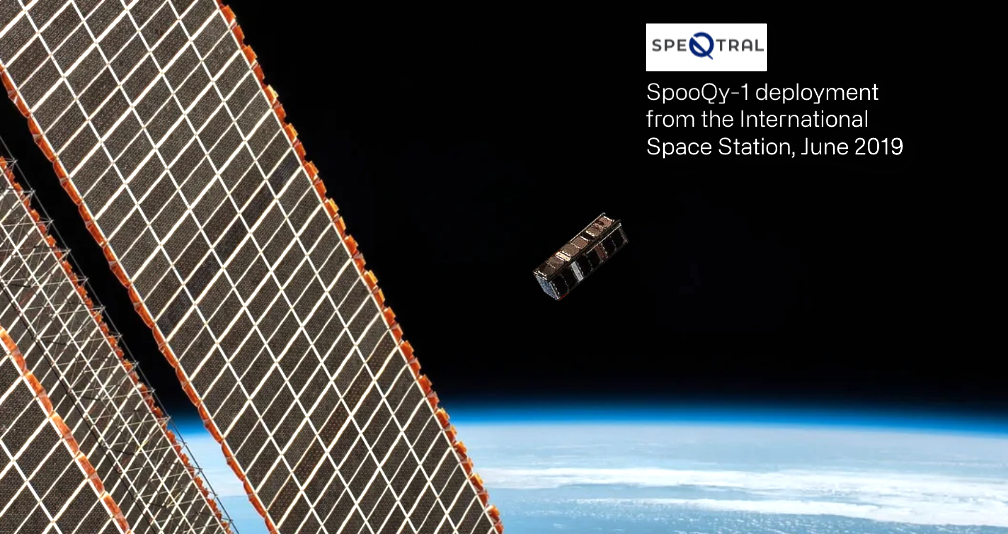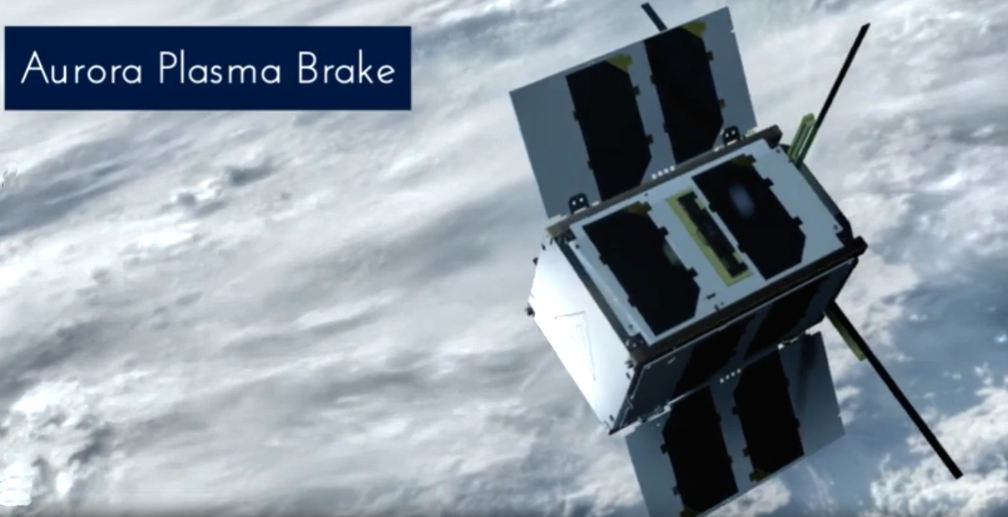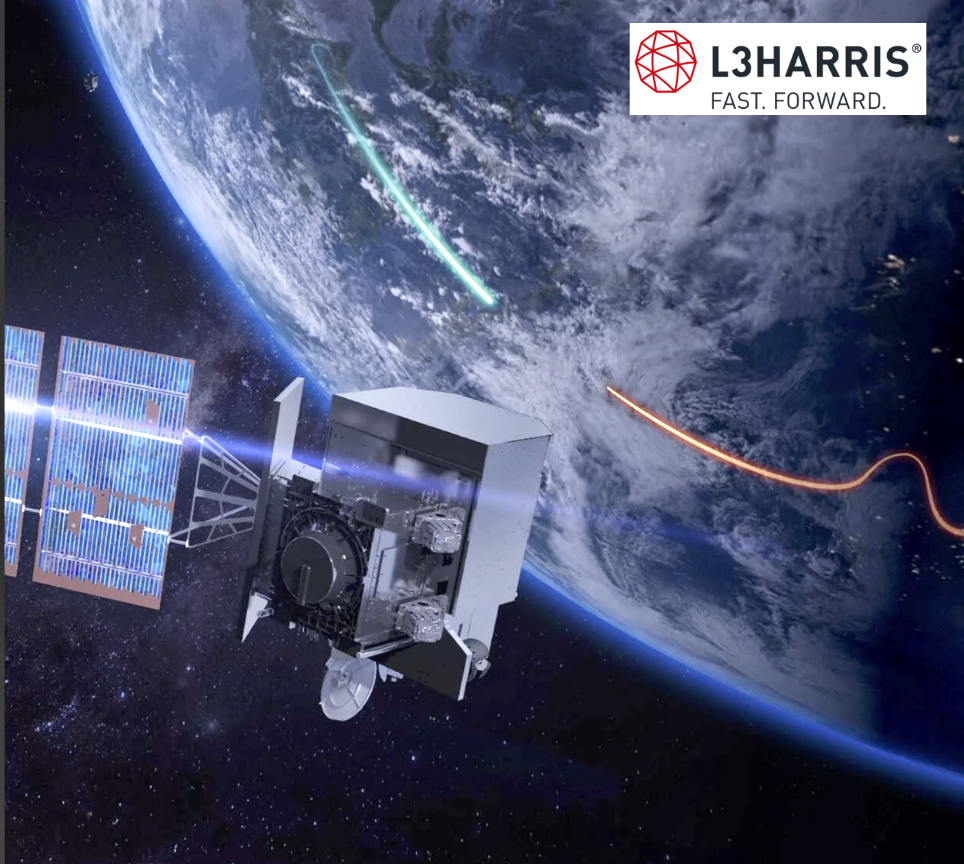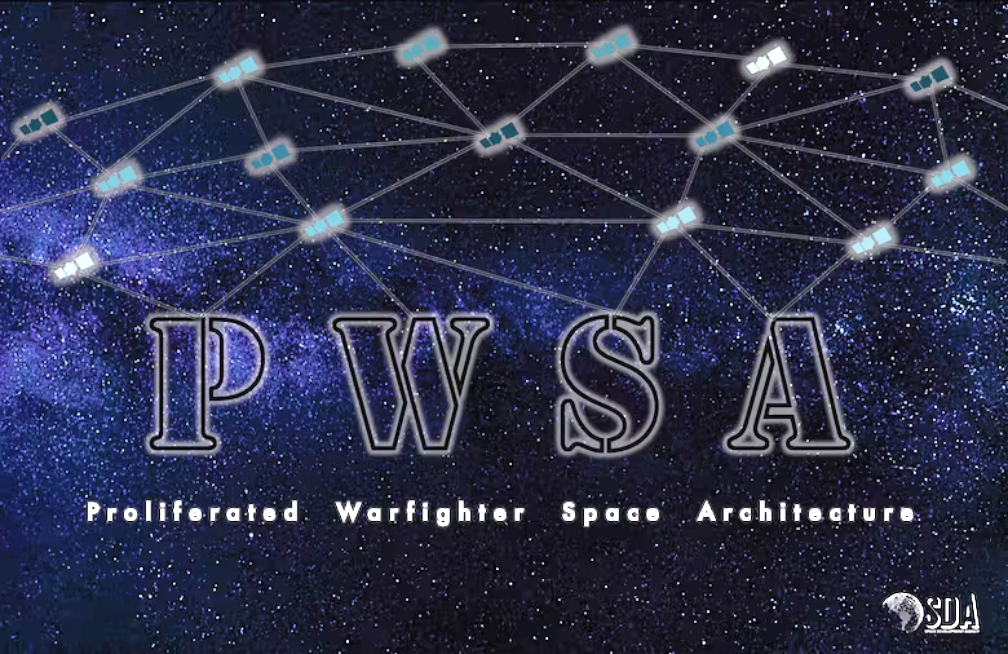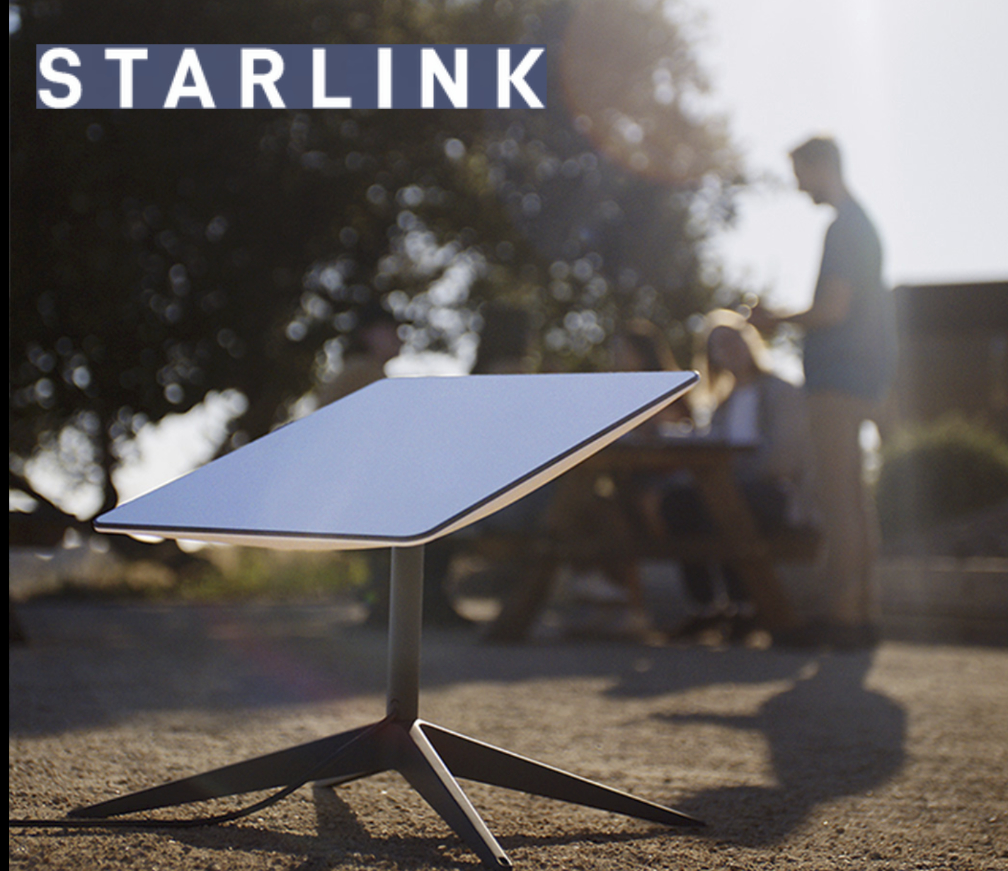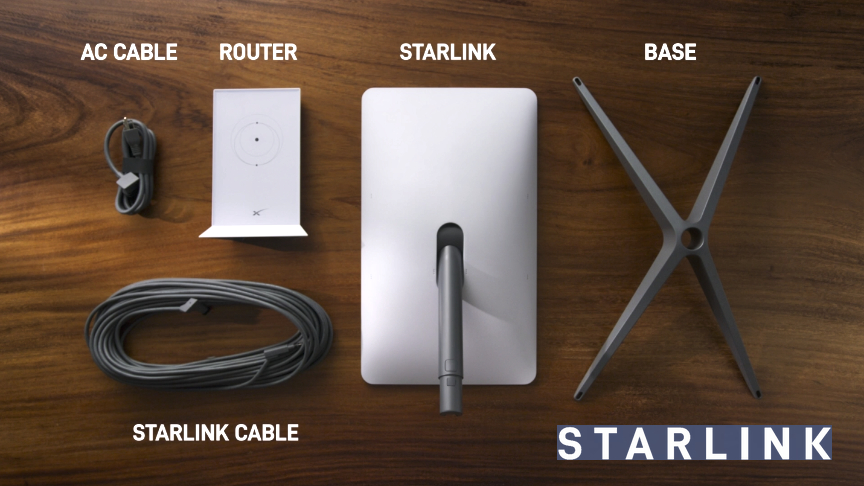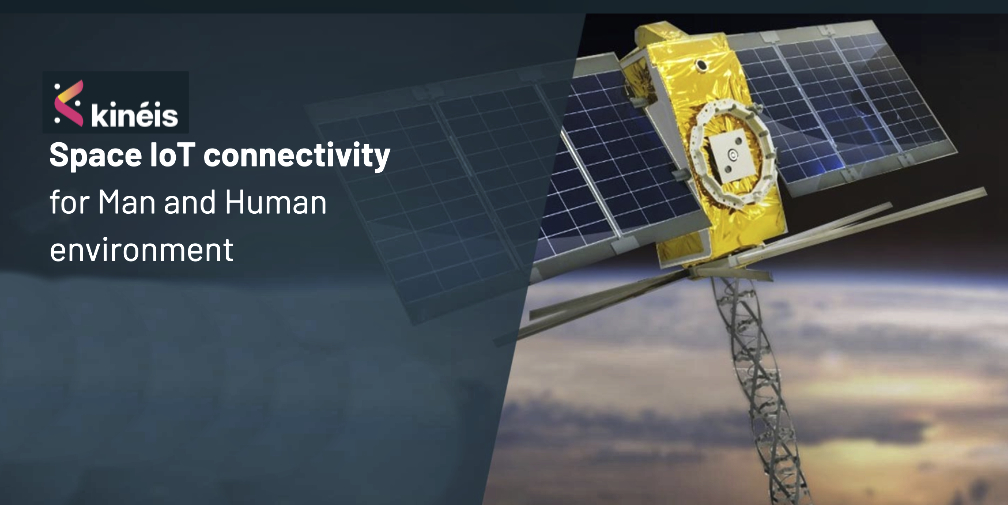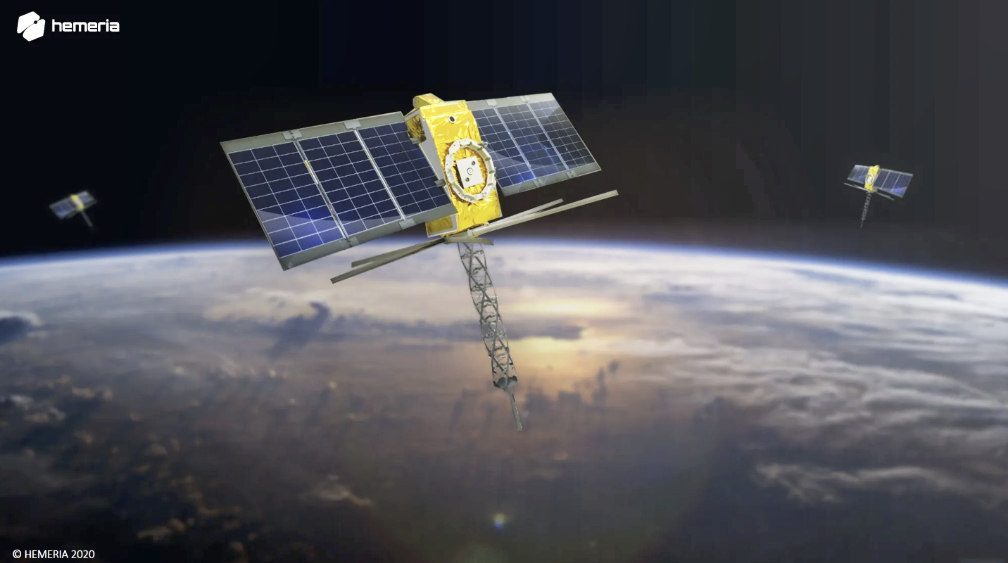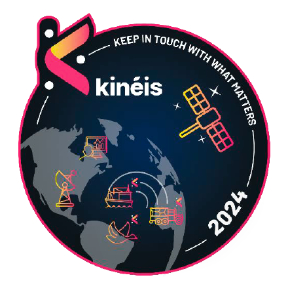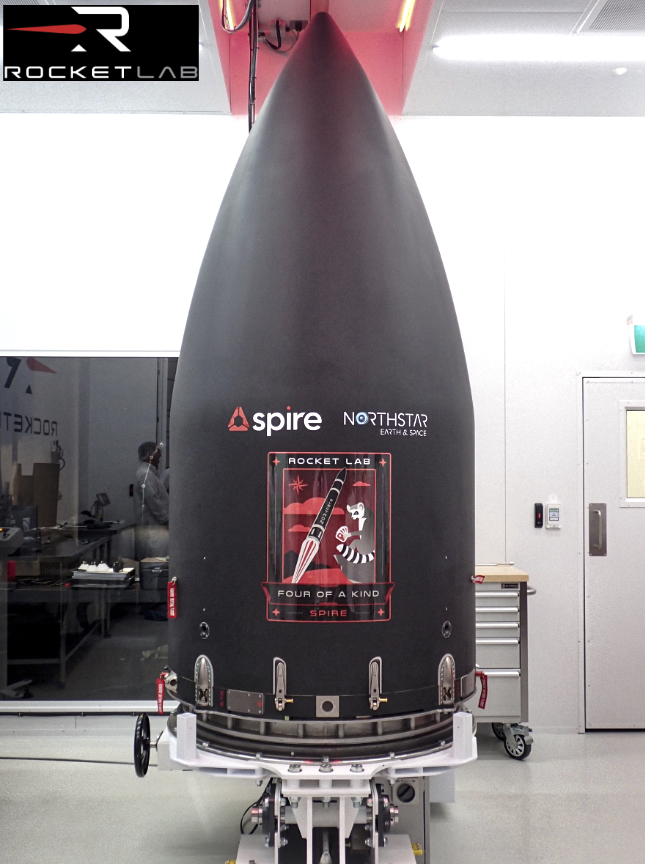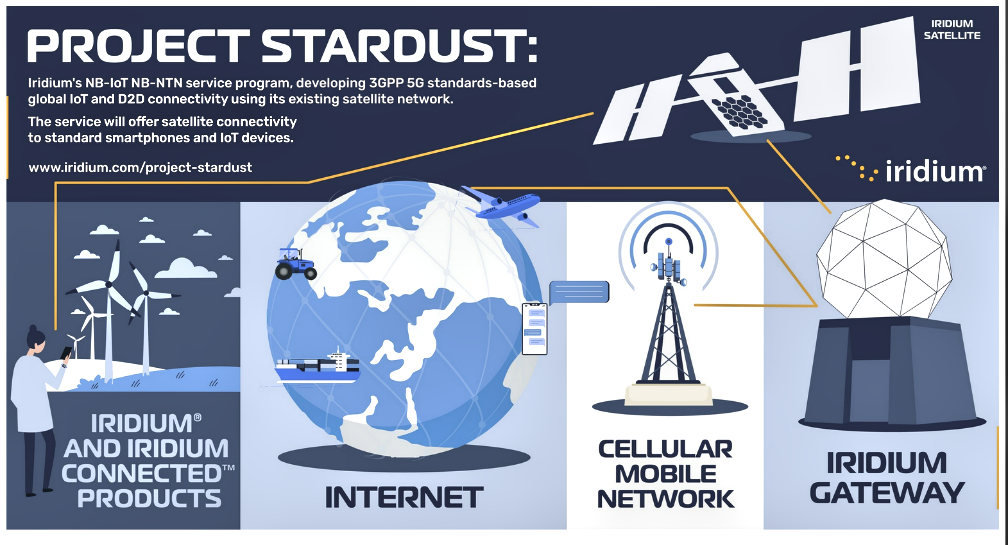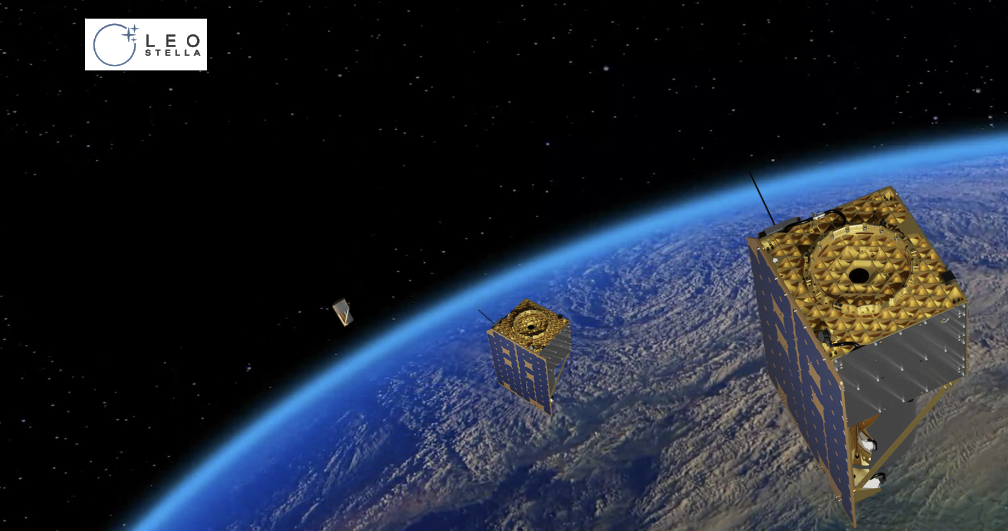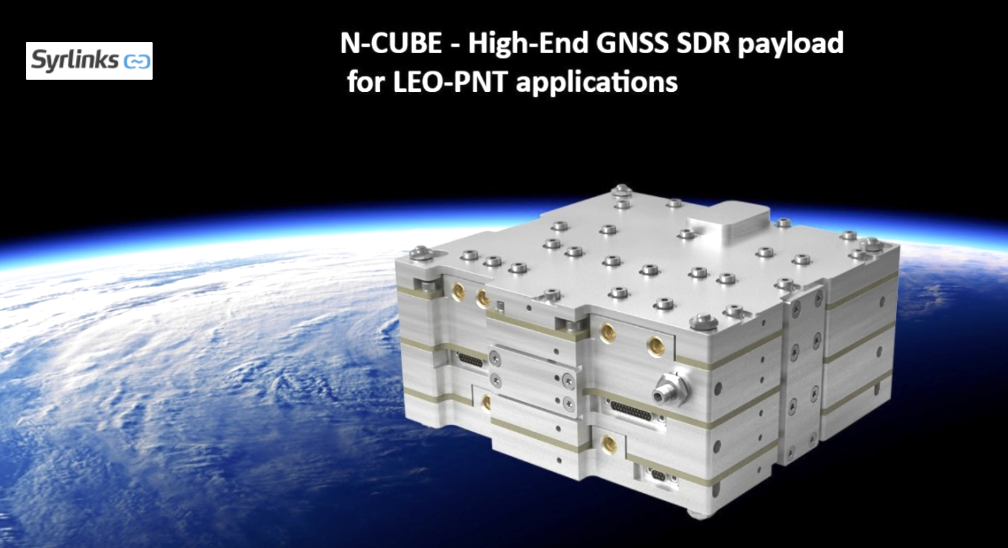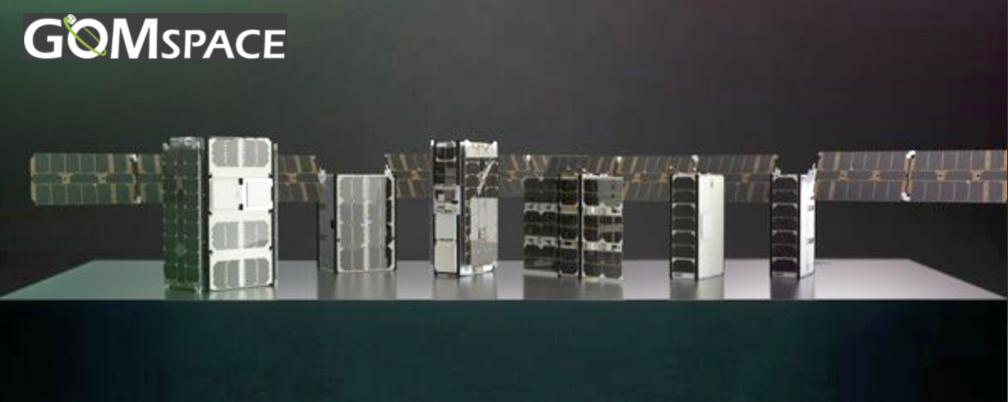
Muon Space, a LEO satellite constellation company, has been selected by AFWERX for a SBIR Phase I contract focused on weather intelligence, surveillance and reconnaissance (ISR) and operational mission planning.

Muon Space will perform a feasibility study to determine the benefit of modifying its multispectral Electro-Optical/Infrared (EO/IR) instrument to support the Department of Defense‘s (DoD) cloud characterization observation capability.
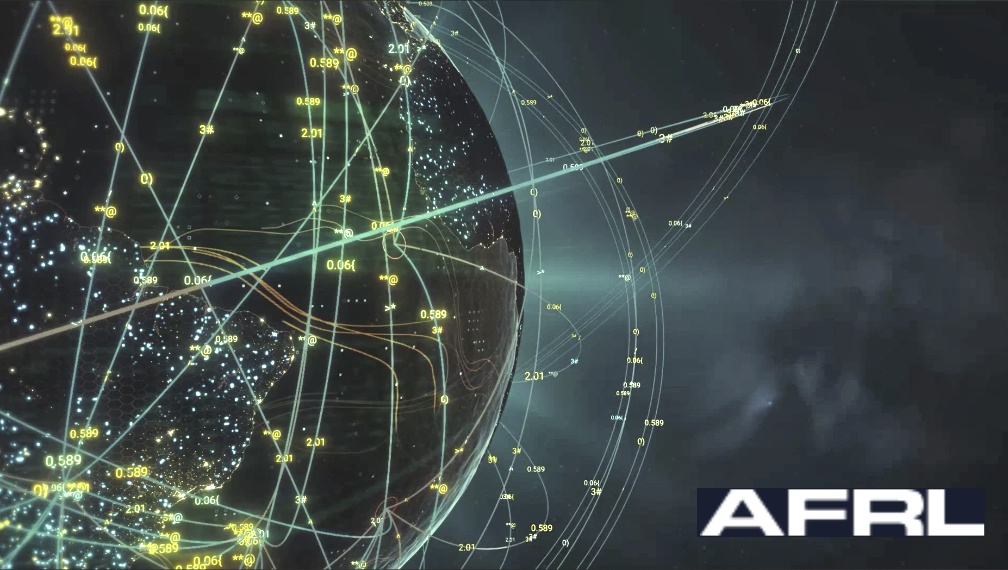
The Air Force Research Laboratory (AFRL) and AFWERX have partnered to streamline the Small Business Innovation Research (SBIR) and Small Business Technology Transfer (STTR) process by accelerating the small business experience through faster proposal to award timelines, changing the pool of potential applicants by expanding opportunities to small business and eliminating bureaucratic overhead by continually implementing process improvement changes in contract execution.
The Department of the Air Force (DAF) began offering the Open Topic SBIR/STTR program in 2018 that expanded the range of innovations the DAF funded and now Muon Space will continue its journey to create and provide innovative EO/IR cloud characterization capabilities.
The USAF and USSF rely on timely, accurate cloud characterization and weather information for global defense and National Security missions; however, the DoD is navigating the challenge of replacing aging Defense Meteorological Satellite Program (DMSP) satellites currently in operation past their end of life and at risk of failure. Muon Space is developing an EO/IR constellation solution that offers a commercial path to fill these gaps and ensure mission-critical data delivery.
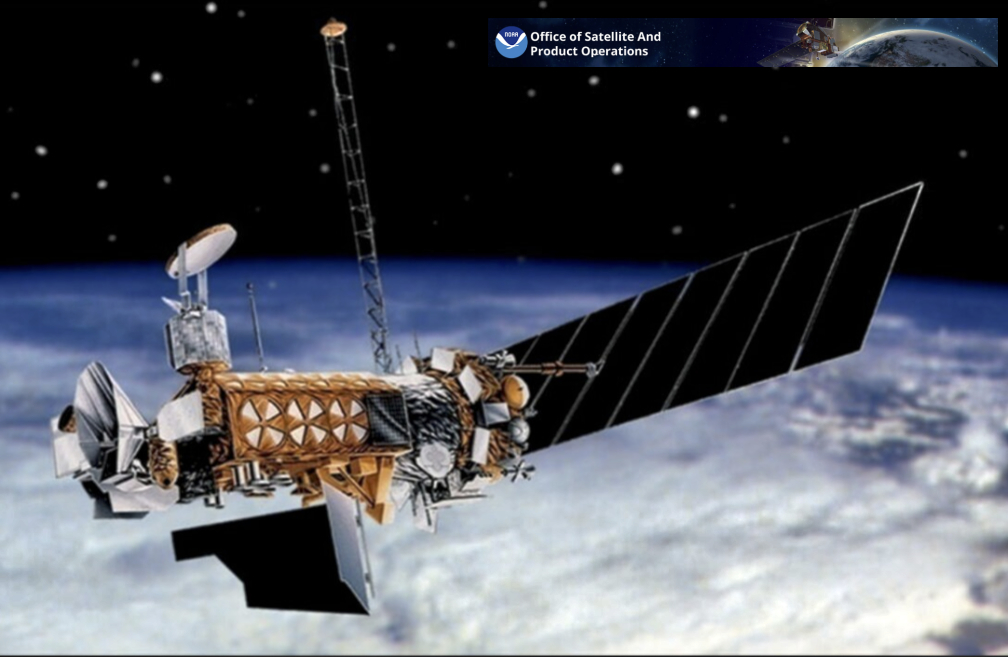
“The DoD is pivoting to a more resilient distributed weather satellite architecture that counts on a new generation of space companies to develop more innovative integrated sensor and spacecraft constellations,” said Greg Smirin, President of Muon Space. “This feasibility study is one of the first steps of many in Muon Space’s journey to develop a full cloud characterization observation capability and we are excited to partner with AFWERX to explore the potential applications of our technology solutions.”
Muon Space’s core offerings of data services and mission-tailored Constellation-as-a-Service has significant commercial traction across commercial, government, and civil sectors including a recently announced contract with climate tech company Hydrosat. Muon Space also earned additional funding as an option to the company’s contract with Air Force Life Cycle Management Center (AFLMC)’s Weather Systems Branch and the Defense Innovation Unit (DIU) to collect ionospheric data on their MuSat-2 satellite mission. Announced in July, this is an expansion in scope to the original contract awarded to Muon Space in September 2022 to develop a space-based prototype for global weather sensing.


